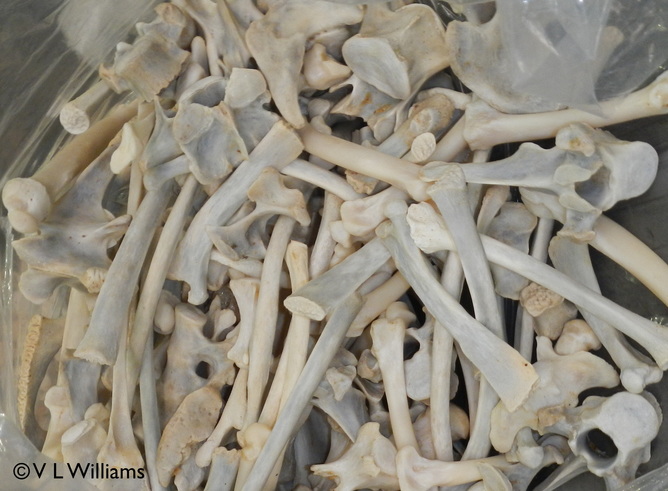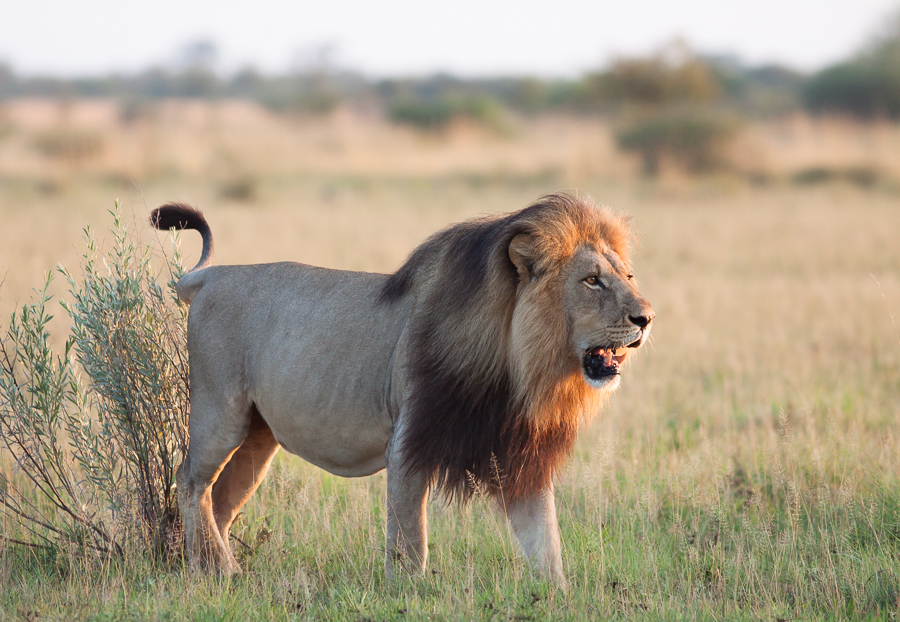News
While a rose by any other name might smell as sweet, David Macdonald explains that it seems that from the perspective of the Chinese pharmacopoeia any big cat will do when it comes to the belief in the remedial effects of their bones
In 2007 the wildlife trade monitoring network TRAFFIC reported that, in 2005, a Chinese wine producer received permission from the government to produce 400,000 bottles of ‘bone-strengthening wine’. The bottle was made as a replica of a tiger. The company’s website touted the wine’s aphrodisiac qualities in addition to its curative impacts on rheumatism. Although distressing to conservationists, this was not surprising, given the well-known Chinese delusion regarding the curative properties of tiger body parts. What was surprising was that listed wildlife ingredient on the bottles was not tiger, but African lion bone. Indeed, since around 1995, images of lions have appeared on labels of Chinese medicines – leading to speculation that lions were an ingredient in ‘tiger’ products.
This was one of the reasons why a WildCRU team including Andrew Loveridge and myself, together with David Newton of TRAFFIC and led by Dr Vivienne Wiliams devoted more than two years to producing our report, Bones of Contention, which revealed that the bone trade of lions exported from South Africa to South East Asia increased from 50 skeletons in 2008 to over 570 in 2011 and has probably continued to rise thereafter.
Our report came out just when we were being swept into the swirl of global outrage at the illegal hunting of Cecil, so now that the Cecil tsunami is abating (although the story of its impact on conservation is, I think, scarcely begun) it’s timely to draw attention to our recent letter in Nature (Williams, V., L., Loveridge, A. J., Newton, D., and Macdonald, D. W., 2015, Traditional medicines: Tiger-bone trade could threaten lions. Nature, 523 (290): doi:10.1038/523290a) on this topic and the publication yesterday of our thoughts on the bone trade in the web-based journal The Conservation (https://theconversation.com/shining-light-on-lion-management-practices-and-bone-trade-46472).
First, it is important to be clear that our study found no evidence of a direct relationship between the South African trade in lion bones and trophy hunting of wild lions. The South African lions turned into medicaments are almost exclusively captive-bred and the bone trade appears to be a by-product of the country’s sizeable trophy hunting industry which, controversially, involves lions reared in captivity, loosely equivalent to put-and-take reared pheasant shooting or farmed trout fishing in Europe. However, while that is the case in South Africa, the WildCRU team is now busy investigating whether the bone trade is adversely impacting wild lions elsewhere in Africa.
Photo: ‘Did tiger conservation measures precipitate the start of the lion bone trade?’ Vivienne Williams
We argue that a clampdown on the illegal trade in tiger parts may not only have prompted their substitution with lion products, but was also linked to a sharp increase in rhino poaching in Africa (once the gates to this trade route were opened). This could be an unwelcome manifestation of the butterfly effect, in this case well-intentioned legislation to protect one cat in China leading to unintended consequences in Africa – conservation, like other aspects of the human enterprise, needs a holistic perspective. The fact is that lions are in trouble, and very different sets of technical and ethical issues raised by Cecil’s death and the bone trade illustrate the complexities of the problem, and even together are just the tip of the iceberg of the challenges facing their conservation.







